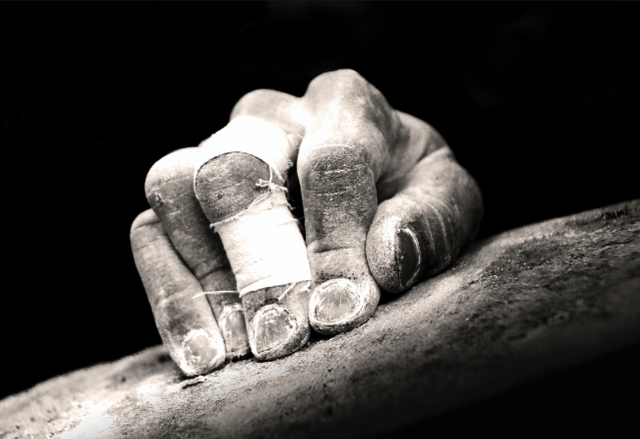#3 Finger training for a climber
• Bone structure: the hand is composed of 27 bones and the forearm by 2, the Radio and the Ulna.
• Muscular structure: 19 for the hand and 20 for the forearm.
• Soft tissues: flexor tendons, ligaments, joint capsules and pulleys.
The hands are the main tool of every human being. But in the case of the climber, the anatomy of the hand and fingers plays a prominent role in the performance of a high-performance climber.
The evolution gave us a great manual dexterity, but for the price of very weak hands and fingers. Compared with our ancestors the apes, we have adapted our anatomy to the horizontal space, becoming bipedal beings, this is as a result of the fact that the vast majority of climbers have suffered injuries to their fingers throughout their career. For this reason, it is important that the body undergo adaptations in the anatomy of the tissues of the arms, forearms and mainly the fingers. Through training directed to specific areas of the body.
Here I leave a basic routine.

Congratulations @climbinglifeclub! You received a personal award!
You can view your badges on your Steem Board and compare to others on the Steem Ranking
Vote for @Steemitboard as a witness to get one more award and increased upvotes!